In the cold depths of Russia's northeastern Chukotka region, Magadan-based photographer Ivan Kislov captures colorful signs of life in the snow through his breathtaking images of foxes in the wild. Kislov, who enjoys hiking to distant spots and photographing wildlife in between his long shifts as a mining engineer, presents a stunning look at the foxes who live and hunt in the icy region.
Set against the vast, empty landscape, Kislov's furry subjects display a wonderful personality and spirit, simultaneously playful, mischievous, affectionate, and fierce. Although Kislov photographs all sorts of wild animals, from reindeer to bears to wolves, he says that foxes make for some very willing models, thanks to their curiosity and bold nature. He tells Bored Panda, "Foxes are curious and can come very close, and I shoot with wide angle and telephoto lenses."
Set against the vast, empty landscape, Kislov's furry subjects display a wonderful personality and spirit, simultaneously playful, mischievous, affectionate, and fierce. Although Kislov photographs all sorts of wild animals, from reindeer to bears to wolves, he says that foxes make for some very willing models, thanks to their curiosity and bold nature. He tells Bored Panda, "Foxes are curious and can come very close, and I shoot with wide angle and telephoto lenses."
Source: http://www.mymodernmet.com


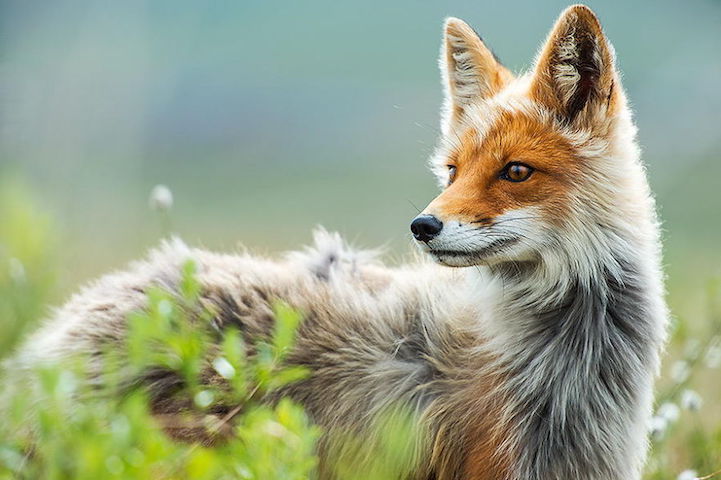


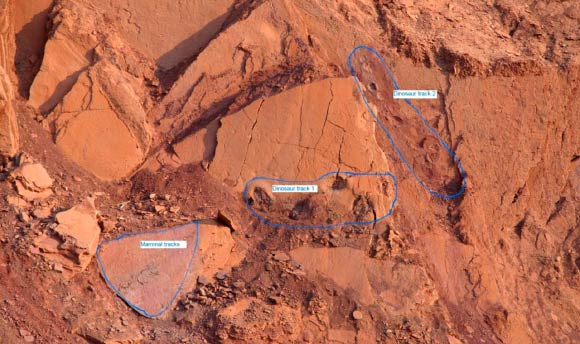
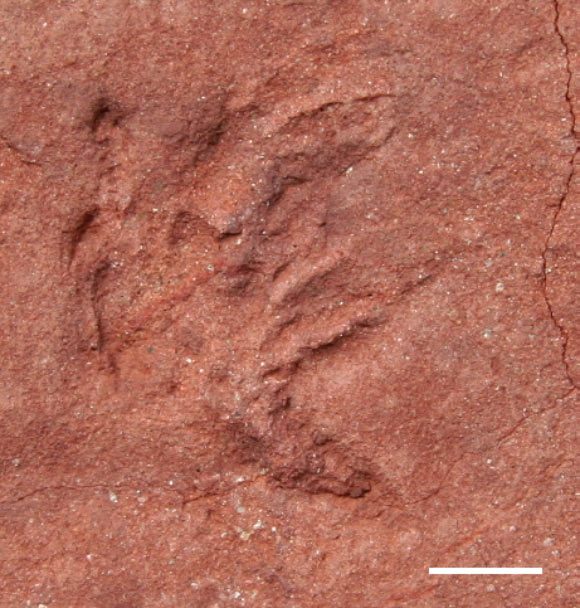
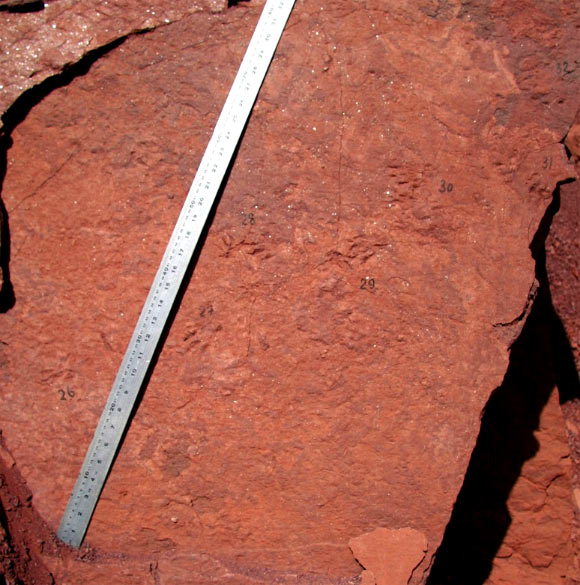
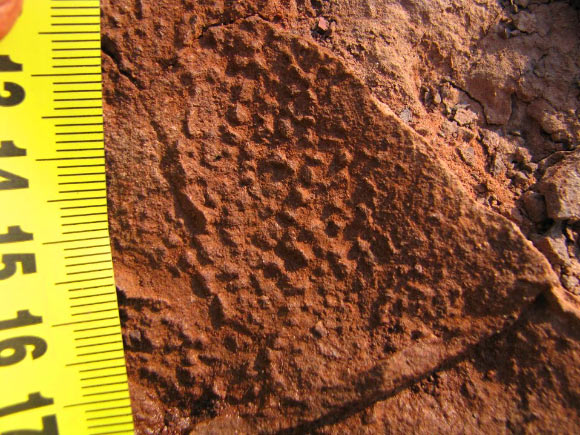
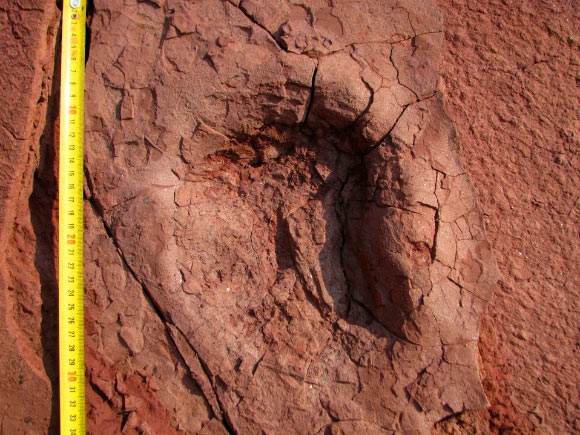
 RSS Feed
RSS Feed